Velvet Ash (Dixie White Ash)

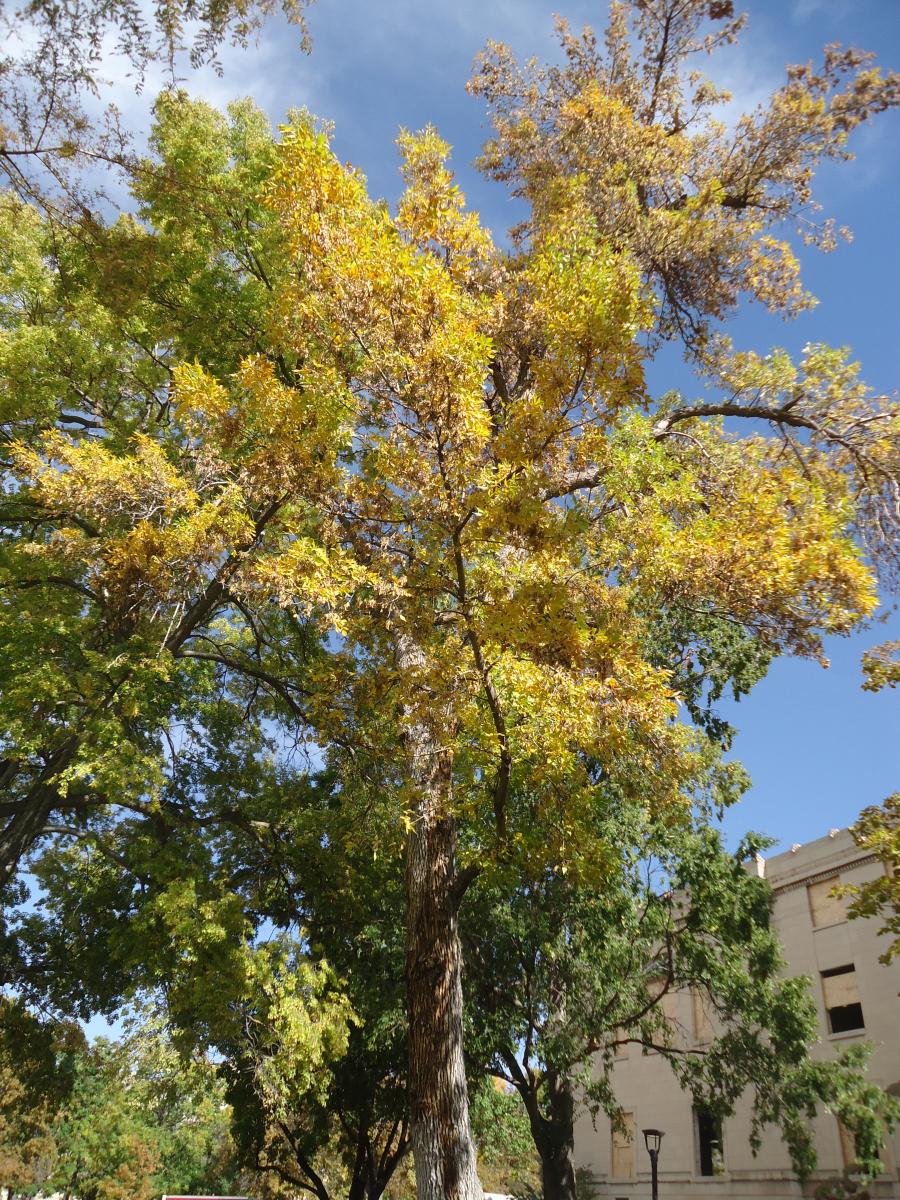
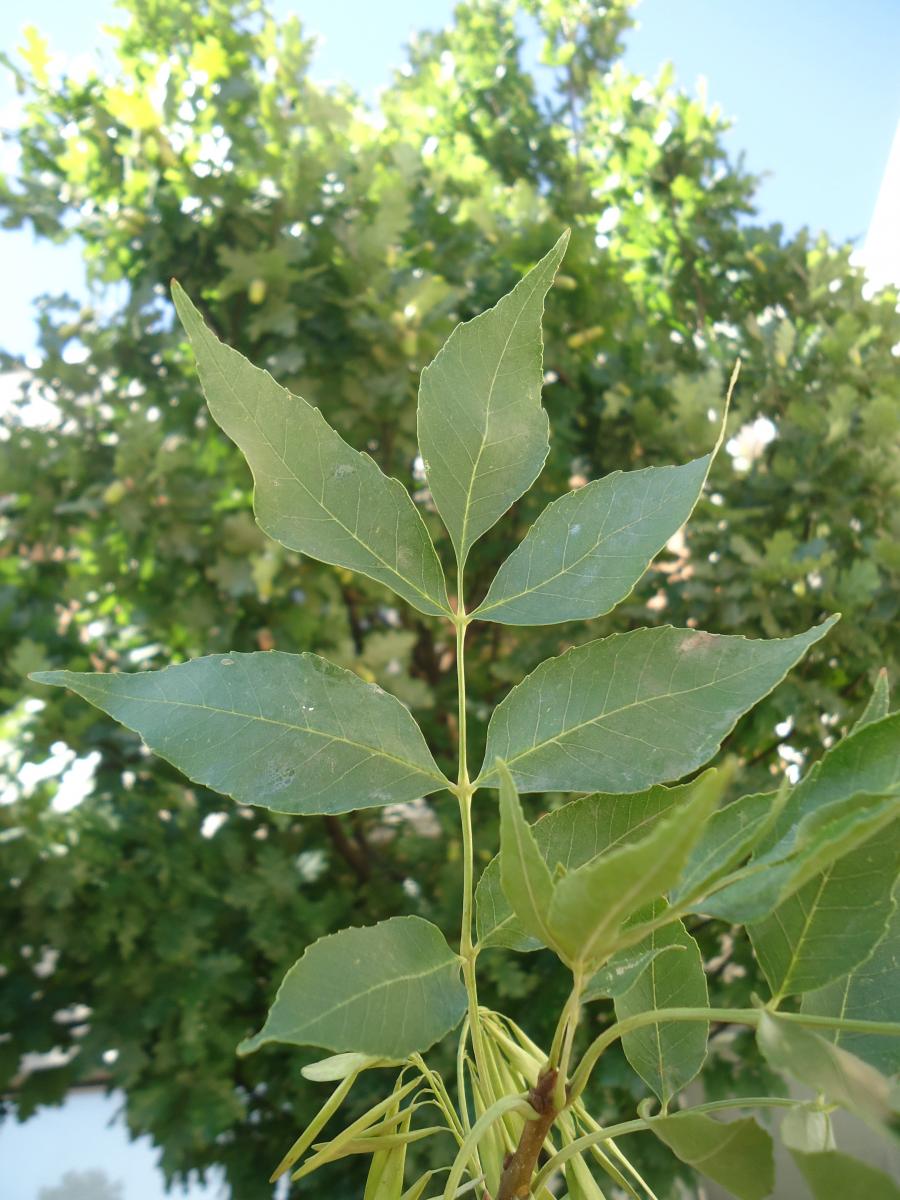
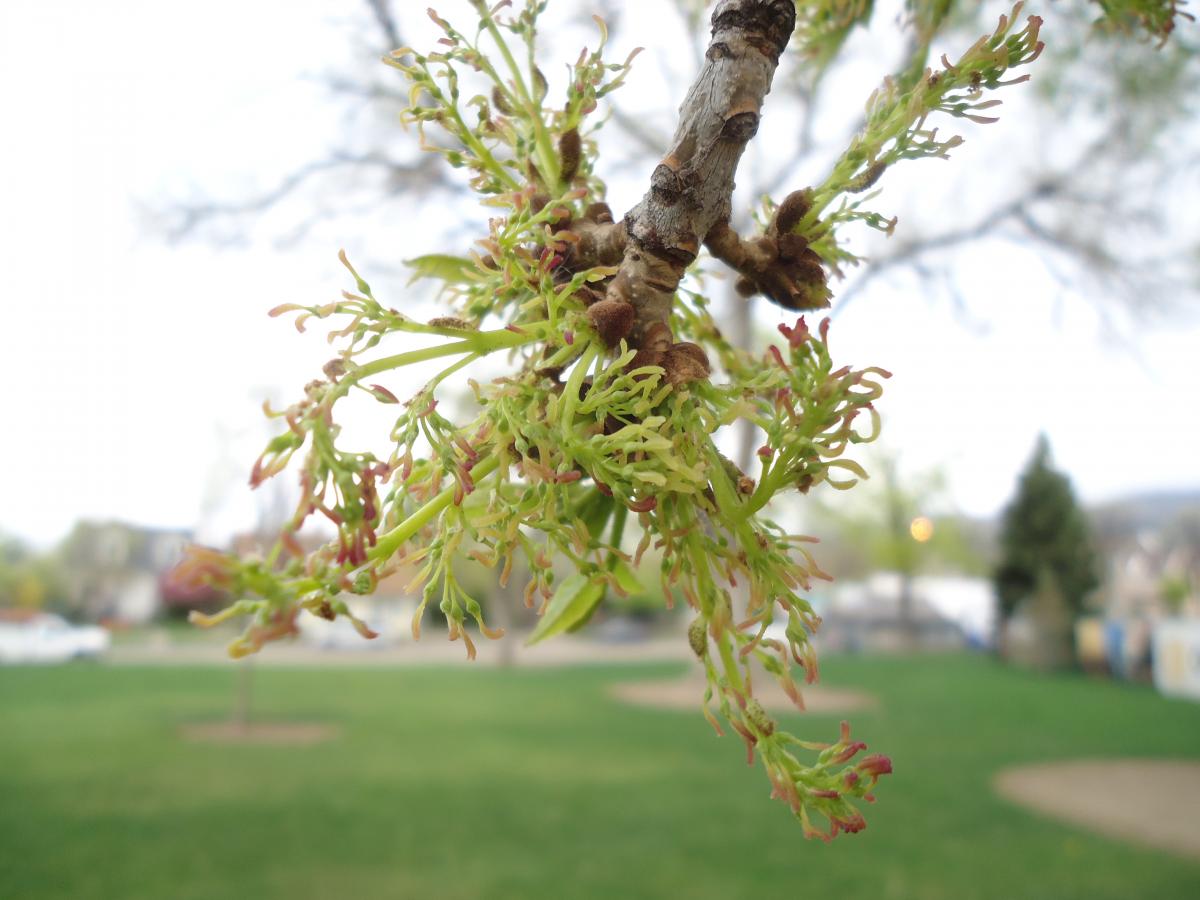
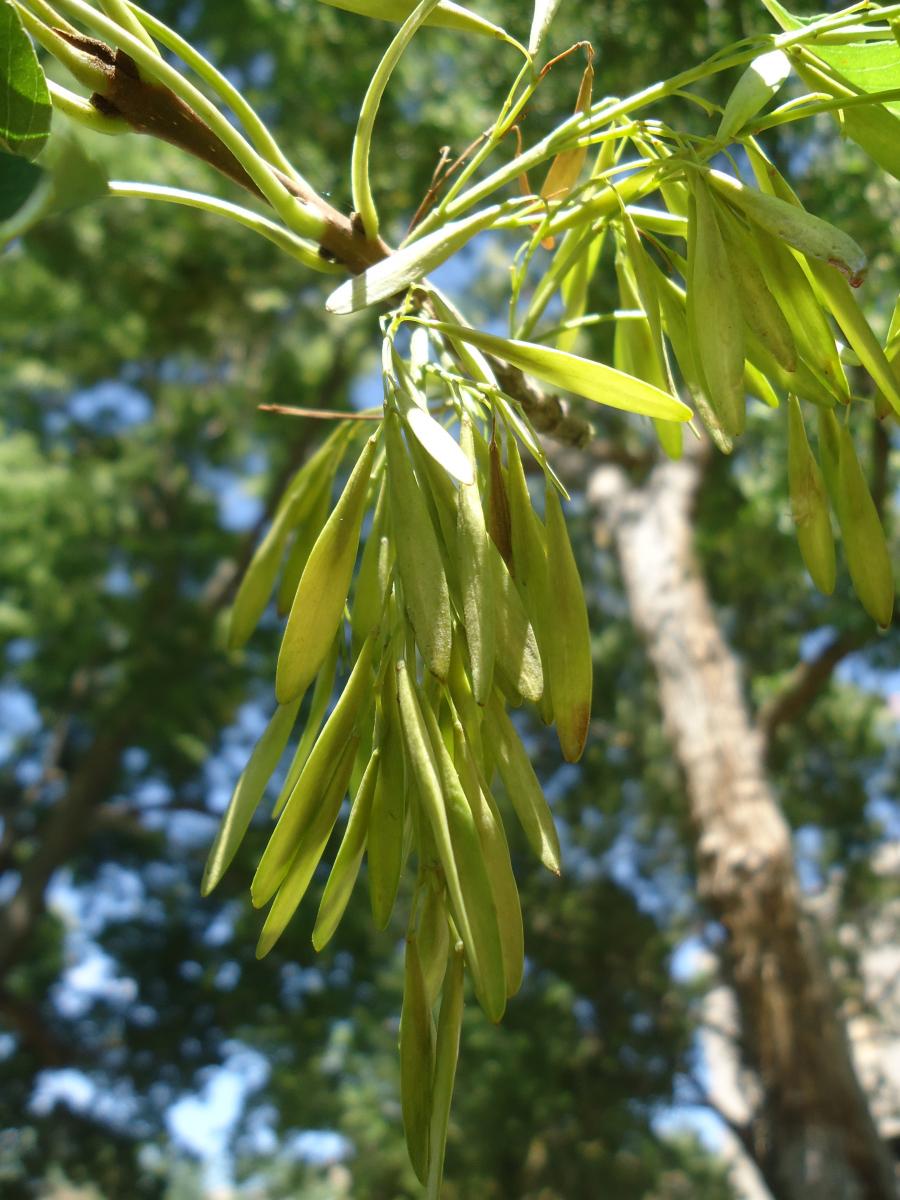
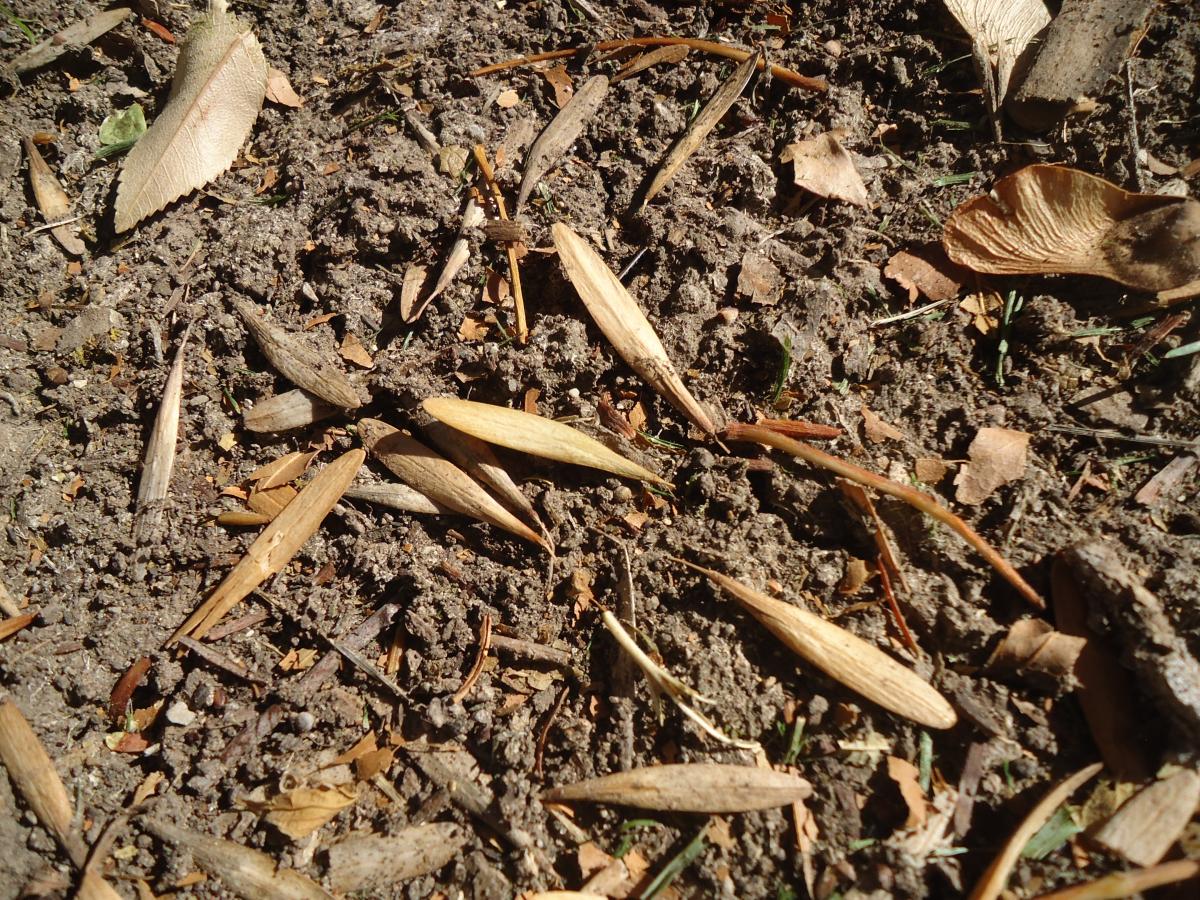
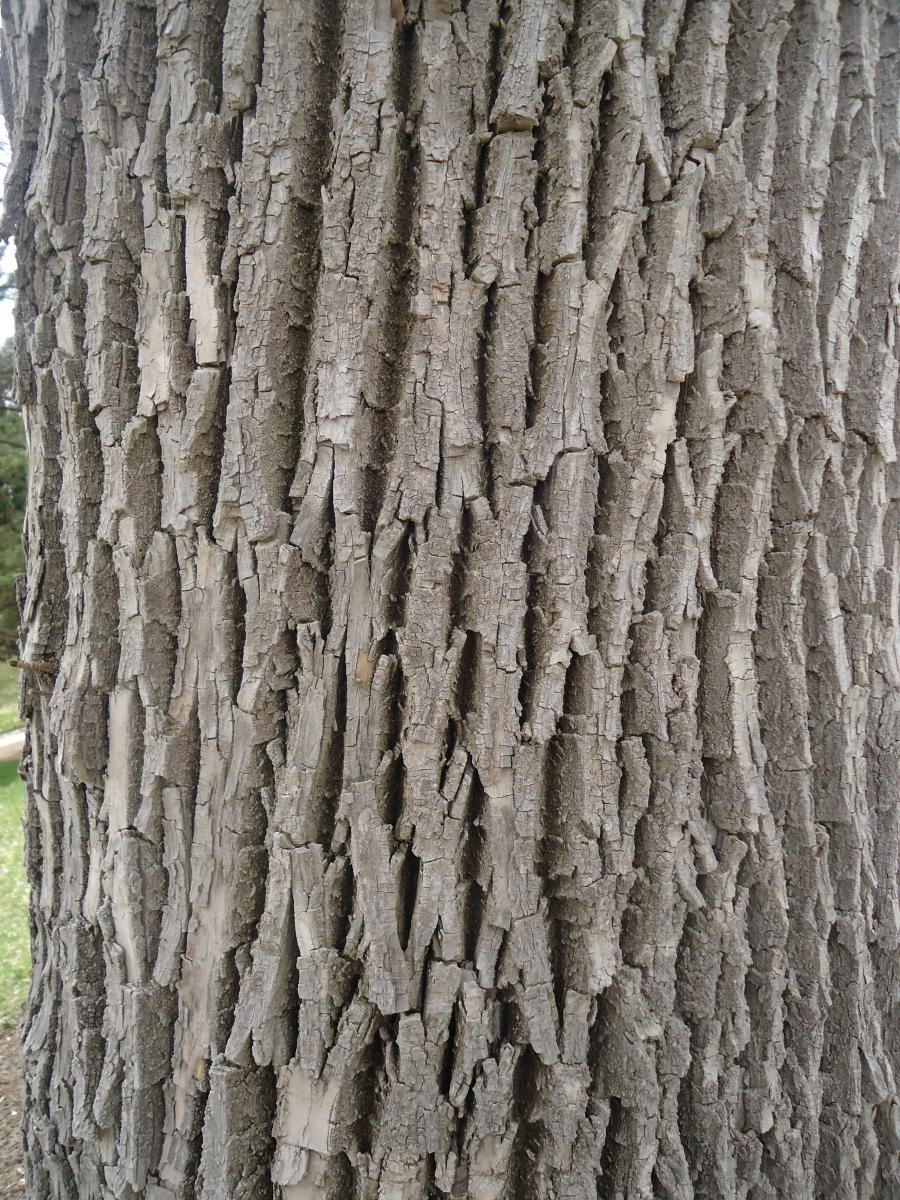
Fraxinus velutina
Leaves: Deciduous. Pinnately compound leaves 3 to 6 inches long. 3 to 9 leaflets (typically 5) each 1 to 2 inches long, ovate with pointed tips. Soft velvety undersides as its name suggests. Bright medium to dark green summer color with bright yellow fall color.
Bark/Twigs: Ash gray to gray-brown colored furrowed bark. Distictive cross-hatch pattern similar to the green ash.
Flowers/Fruit: Inconspicuous flowers followed by the production of showy, persistent fruits. Dioecious - species have both male and female trees. Female trees produce 1 inch long, ¼ inch wide seeds which look like a canoe paddle.
Mature size and shape: Medium. 30 to 50 feet high x 45 feet wide. Slightly pyramidal when young, developing into an upright-spreading habit. Crown is extremely irregular in shape and roundish.
General information/special features: Plant in full sun. Grows in almost all soil types. Tolerates heat, drought, and alkaline soil.
Landscape use and maintenance: Drought tolerant shade tree for warmer dry climates. Fast growing rate. Average maintenance. Transplants readily. Buy male varieties to avoid messy seeds. Sometimes called a 'Modesto' ash since that is the most common cultivar. Also called the "Dixie White Ash" named for southern Utah.
USDA Hardiness Zone: 6 to 9
Family/Origin: Oleaceae – Olive. Native to the southwestern U.S. and northern Mexico including the canyons of extreme southwestern Utah.
Campus Use: Rare. Only specimen. Can be found west of George Thomas (Bld 5).
